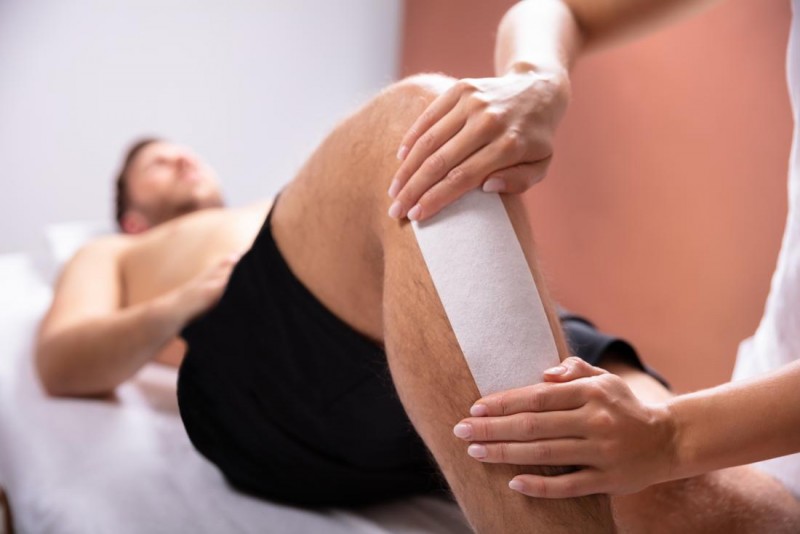
Waxing is a popular hair removal method that leaves your skin smooth and hair-free. However, it can also cause discomfort and irritation, leaving your skin feeling like it's on fire. If you're experiencing that burning sensation after waxing, don't worry - there are several remedies that can help you find relief and soothe your skin. In this article, we'll explore these effective solutions to make your post-waxing experience more comfortable.
Before we delve into the remedies, let's first understand why your skin may feel like it's burning after waxing. When you wax, you're not only removing hair but also a layer of dead skin cells. This can leave your skin vulnerable and sensitive, leading to irritation and redness. Additionally, the act of waxing itself can cause inflammation and micro-injuries to the skin, contributing to that burning feeling.
As soon as you finish waxing, apply a cool compress to the treated area. This will help reduce inflammation and soothe the burning sensation. Use a clean cloth soaked in cold water or even ice wrapped in a cloth, but be sure not to apply ice directly to your skin.
Aloe vera is well-known for its soothing properties. Apply a generous amount of pure aloe vera gel to the waxed area. Aloe vera not only cools the skin but also helps in healing any minor cuts or irritation caused during waxing.
While a hot shower might sound relaxing, it can exacerbate the burning sensation. Stick to lukewarm or cool water when showering immediately after waxing to prevent further irritation.
Tea bags, especially those containing chamomile or green tea, can provide relief. After steeping them in hot water and allowing them to cool, place the tea bags on the waxed area. The antioxidants in tea can help calm the skin.
Mix oatmeal with water to create a thick paste and apply it to the affected area. Oatmeal is known for its anti-inflammatory properties and can help reduce irritation.
Apply a thin layer of coconut oil to your skin. Not only does it moisturize, but it also has anti-inflammatory properties that can alleviate the burning sensation.
Cucumber slices are cooling and soothing. Place them on your skin for a refreshing sensation. You can also blend cucumbers into a paste for easier application.
An over-the-counter hydrocortisone cream can help reduce inflammation and itching. Apply it sparingly to the affected area, following the package instructions.
Witch hazel is a natural astringent that can calm irritated skin. Apply it with a cotton ball to the waxed area for relief.
Topical lidocaine creams are available at drugstores and can provide numbing relief. Apply a small amount to the area, but be cautious not to overuse it.
To reduce the risk of irritation after waxing, exfoliate your skin regularly. This helps prevent ingrown hairs and removes dead skin cells, making future waxing sessions more comfortable.
After waxing, your skin is more susceptible to sunburn. Protect it by avoiding direct sun exposure and using sunscreen when necessary.
If you experience severe reactions like blistering, severe swelling, or persistent pain after waxing, consult a dermatologist. These symptoms may indicate an allergy or infection.
Consider seeking professional waxing services. Experienced estheticians can minimize discomfort and ensure proper aftercare. Waxing can leave your skin feeling like it's burning, but with the right care and remedies, you can find relief. Remember to cool the area, use soothing ingredients like aloe vera and coconut oil, and follow proper aftercare techniques. By taking these steps, you can enjoy smooth, hair-free skin without the discomfort.
The Designer Who Redefined Bollywood Fashion
Stylish calling watch made of stainless steel has arrived! Amazing features available at low price
A Fresh Look for Parliament Staff: Uniform Makeover as New Building Beckons